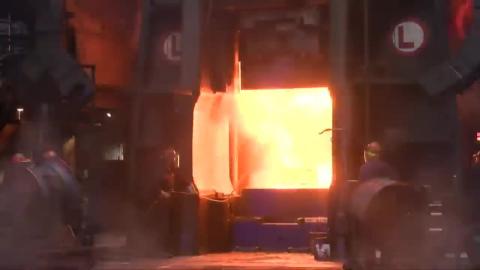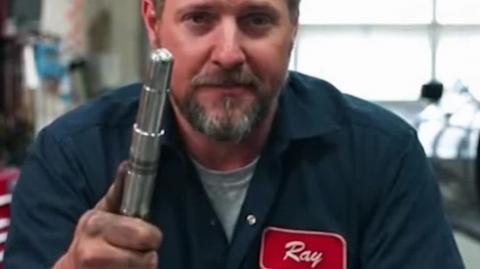The Hypersonic Missile Vulnerability That NO ONE Talks About
2
0
32 Views
Published on 23 Apr 2024 / In
Film & Animation
update
Show more
0



 Styxhexenhammer666
Styxhexenhammer666![Ep 3804a - Trump Did One Thing With The Economy That Will Destroy The [CB] Narrative](https://cdn.mgtow.tv/upload/photos/2025/12/267254621a47a6a93f76e30d81160002ebb87bbaqIQJOqsORiLeLueyUbCC.video_thumb_high.jpg)
 X22 Report
X22 Report
 GeraldCelente
GeraldCelente
 Life_N_Times_of_Shane_T_Hanson
Life_N_Times_of_Shane_T_Hanson
 RT
RT

 Coach_Corey_Wayne
Coach_Corey_Wayne

 Billy Von Bomb
Billy Von Bomb
 TateSpeech
TateSpeech

 TheQuartering
TheQuartering![Ep 3795a - Trump Is Shutting Down The [CB] Economic Narrative & Creating A New One](https://cdn.mgtow.tv/upload/photos/2025/12/c63b49636ebef89a5d22f04f41fa0dbf719e8ca2QTqKJg6JHuGuvE5kXlwf.video_thumb_high.jpg)

 TheSaltyCracker
TheSaltyCracker![[+16] DUDE GETS CAUGHT CHEATING WITH THIS.. (BRAZIL) >> MARRIAGE WITH THE WRONG ONE IS HELL !! ^^](https://cdn.mgtow.tv/upload/photos/2025/12/Im4WU5x2j5DUfFpW2iNR_12_645545ff7759b78835ad950b8de9ebdd_image_thumb_high.jpg)
 Doggk
Doggk
 Freshfit
Freshfit
 Timcast IRL
Timcast IRL

 420Jon69
420Jon69
 Ozmosis
Ozmosis

Log in to comment
Bell X-15.